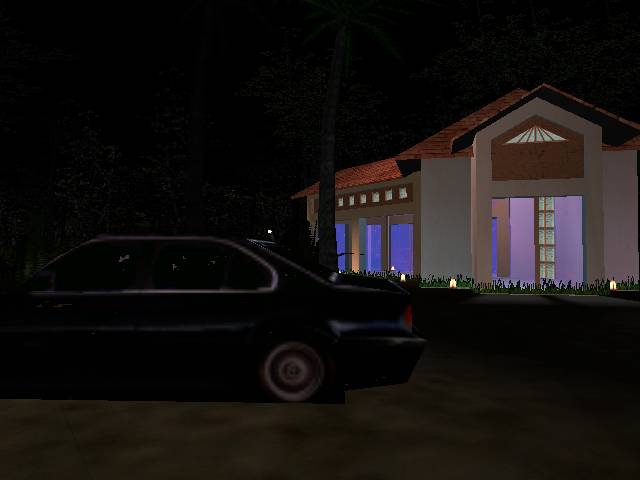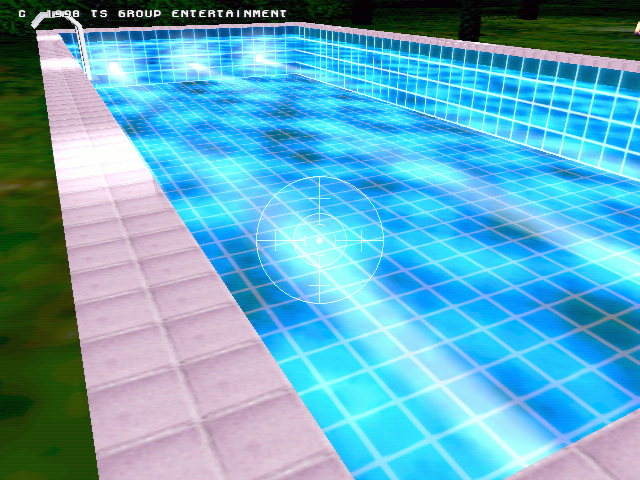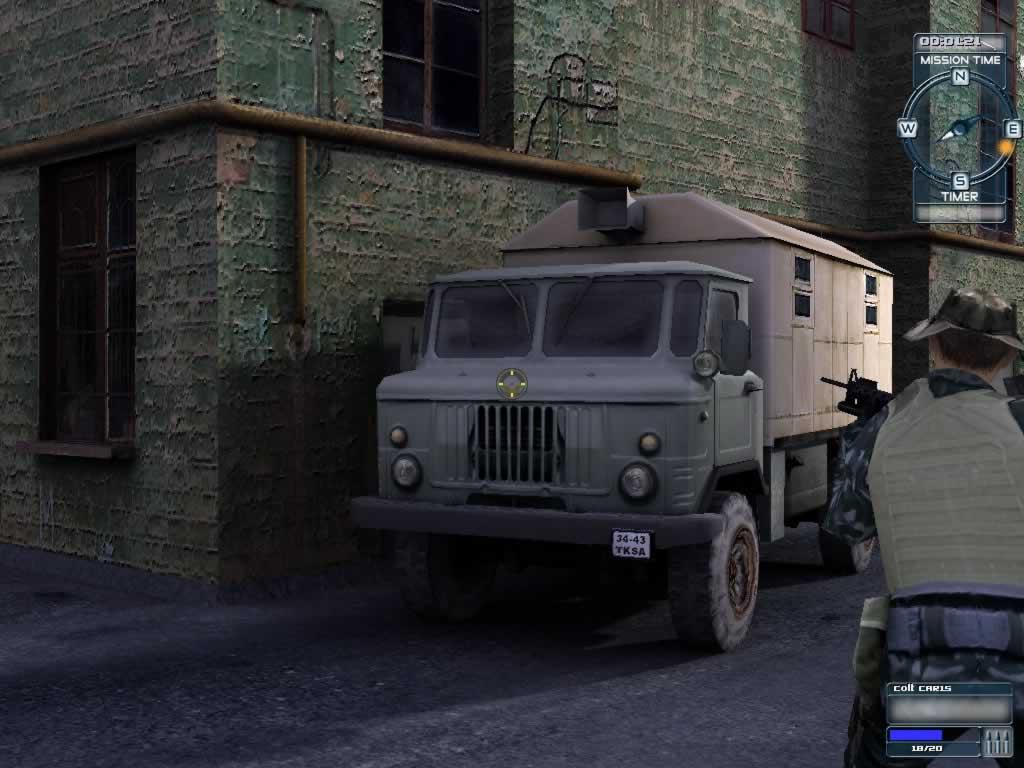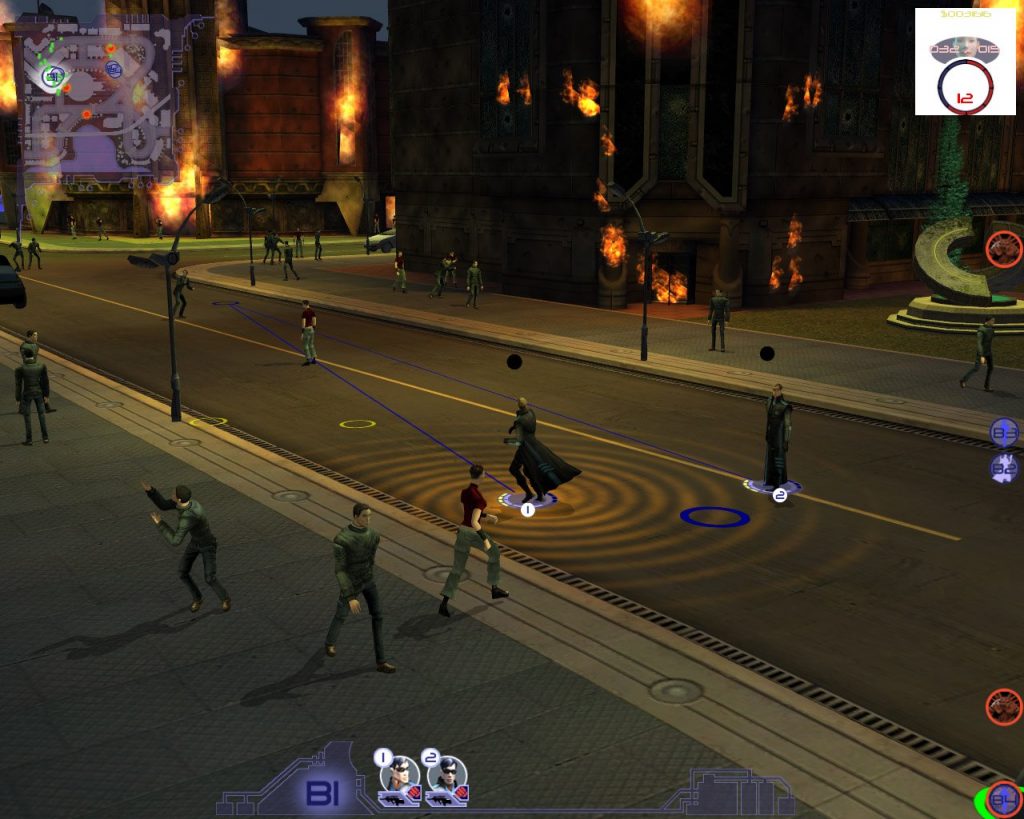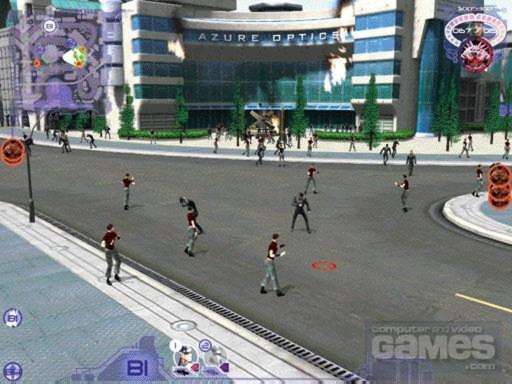Fortris is a cancelled 2D puzzle/tower-defense hybrid game developed by Promethean Designs around 2000, for the PC, Playstation and Dreamcast systems.
The game was first revealed in June 2000 by IGN:
Promethean Designs wants to deliver on the carnal need of medieval warfare, but mixed generously with the frantic puzzle play. This new project called Fortris is an arcade-like battle game combining the action of games like Artillery or Worms, strategy and fabled setting of a Warcraft or Myth, and puzzle challenges of Tetris or Atari‘s Rampart.
The gameplay in Fortris seems straight-forward and potentially addictive beyond control. Each round of the game begins with a Building sequence where Towers, Parapets, Armaments, and other castle pieces drop from the sky. Magic Blocks will also appear, so make the best use of them to fit your strategy. A well-crafted design will not only help in play, but also reward the creator with bonuses if the blocks used create combo — you can earn yourself extra cannons and wizards if the castle is brilliantly fashioned. Players will have to work frantically to erect a proper fortress with a solid foundation and plenty of defense positions.
Only a limited amount of time is offered to build the fortifications, and suddenly the war explodes. Assailants will have access to magic spells as well as traditional attack units, and will also be able to send out soldiers (called Twerps) to storm the castle. Twerps come in several varieties — Grunts, Soldiers, Medics, Archers, ect. — and players will have to wisely deploy their forces for maximum attack power without losing their own base. As in any good combat situation, rebuilding and refortification is a big part of the strategy, as each side only has a limited crew to parse out. All the while, the gates are being bombarded, the outer walls are cascading down, the Twerps are dying off, and the foundation is caving.
Essentially an arcade strategy game, Fortris will thicken the strategy by shifting levels as players go along. Gameplay begins in the beginning of time, but as the game moves on and the Twerps evolve, the battles become more advanced, more challenging, and more harrowing. Beginning in the Ice Age World, the game eventually runs through to the Stone Age, Medieval Times, and Space Age. Each game level has new weapons, spells, and Twerps to control. Also, the fortresses you build in Fortris become increasingly complex, and with it comes new challenges in both the Building and Attack stages.
Promethean Designs is currently in negotiations with publishers regarding Fortris, and the game is only in demo stages right now (these shots are from PC versions of the game). The PlayStation version will feature the split-screen action seen in some of these shots, as well as comical sequences where the Twerps are being taught the finer points of the Art of War. (…) Either way, this game will be and addictive and seemingly deep puzzle experience, with plenty of warfare action, magical pizzaz, and tactical excitement to spice the brew.
However, in January 2001, it was announced that the development of Fortris was given to Majesco Entertainment, which quickly decided to make the game exclusively for the Game Boy Advance and rebranded it as Fortress. It was developed by internal’s Majesco development studio Pipedream Interactive and released in August 2001.
It is, to this day, unknown why Promethean Designs gave the development to Majesco. We can speculate that the company faced financial troubles during this period as their last game was Aqua GT, released a year prior, and that they decided to salvage this title, before shutting down.
Strangely enough, in May 2022, PC Wizard shared on Twitter/X a 3D map screenshot of what was claimed to be the second version of the game during its development. According to him, the 2D version that was eventually released on GBA was the first version developed by another unnamed game development company. It was then given to Promethean Designs, which decided to turn it into a full 3D game. It is still unclear how far this version went into development, nor who’s right between video game magazines of the time claimed that the 2D version was developed by Promethean, or PC Wizard’s claimings.
Images:

